11 Steps in Mastering Allegro moderato, e serioso | Sonata No. 1 in F Minor, Op. 65 | F. Mendelssohn6/15/2021 Today I installed Nancy Cathedral sample set by Piotr Grabowski. It's a magnificent 4 manual Cavaille-Coll organ with the ability to set pipe detuning. At first I tried 100% detuning and it sounded funny. Then reduced to 50% and after discussion with my friends @James Flores and Jerry Martin settled down to 40%. The result is very realistic when you will hear me set the registration for the 1st Part of Sonata No. 1 in F Minor, Op. 65 by F. Mendelssohn. After that I demonstrate my process of mastering this part in 11 simple steps. Hope you will enjoy it!
Score: https://www.sheetmusicplus.com/title/... Thank you for your support! You get early access and I get to keep going. Get early access: https://www.buymeacoffee.com/organduo
Comments
Practicing Prelude and Fugue in D Minor, Op. 37 No. 3 | Felix Mendelssohn | Hauptwerk Chorzow3/24/2021 In this video I'm practicing Prelude and Fugue in D Minor, Op. 37 No. 3 by Felix Mendelssohn using Hauptwerk Chorzow sample set by Piotr Grabowski.
Thanks so much for your support! You get early access and I get to keep going. I'm playing this piece at Vilnius University St John's church.
Score with fingering and pedaling: https://secrets-of-organ-playing.mysh... If you like my music making, you can support me on Patreon and get free organ CD's at https://patreon.com/secretsoforganpla... Buy me coffee: https://www.paypal.me/ausramotuzaite My Hauptwerk setup: https://www.organduo.lt/tools.html Total Organist - the most comprehensive organ training program online: https://www.organduo.lt/total-organis... Secrets of Organ Playing - When You Practice, Miracles Happen! https://organduo.lt Vidas Pinkevicius is getting ready for public performance of Mendelssohn's Prelude and Fugue in G Major, Op. 37 No. 2 on Caen sample set by Sonus Paradisi of Hauptwerk VPO.
Score with fingering and pedaling: https://secrets-of-organ-playing.mysh... If you like my music making, you can support me on Patreon and get free organ CD's at https://patreon.com/secretsoforganpla... Buy me coffee: https://www.paypal.me/VPinkevicius My Hauptwerk setup: https://www.organduo.lt/tools.html Total Organist - the most comprehensive organ training program online: https://www.organduo.lt/total-organist Secrets of Organ Playing - When You Practice, Miracles Happen! https://organduo.lt Prelude and Fugue in C Minor, Op. 37 No. 1 by Felix Mendelssohn with fingering and pedaling7/16/2020 I hope you will enjoy practicing this dramatic Prelude and Fugue in C Minor, Op. 37 No. 1 by Felix Mendelssohn. I have prepared a practice score with complete fingering and pedaling written in which will help you save many hours, practice efficiently and achieve a perfect legato touch. PDF score. Advanced level. 7 pages. Thanks to Juan Osorno for transcribing the fingering and pedaling from the video. This piece is free for Total Organist students. Check it out here In this video I'm going to teach you how to master Mendelssohn's Prelude and Fugue in C minor, Op. 37 No. 1 in 10 steps on Rotterdam's Sint Laurenskerk (the main organ) sample set by Sonus Paradisi.
Score: https://www.sheetmusicplus.com/title/... If you like my music making, you can support me on Patreon and get free organ CD's at https://patreon.com/secretsoforganpla... Buy me coffee: https://www.paypal.me/VPinkevicius My Hauptwerk setup: https://www.organduo.lt/tools.html Total Organist - the most comprehensive organ training program online: https://www.organduo.lt/total-organist Secrets of Organ Playing - When You Practice, Miracles Happen! https://organduo.lt Prelude and Fugue in G Major, Op. 37 No. 2 by Felix Mendelssohn with Fingering and Pedaling5/27/2020 Would you like to learn Prelude and Fugue in G Major, Op. 37 No. 2 by Felix Mendelssohn? I hope you'll enjoy playing this piece yourself from my PDF score which will save you many hours of work and help you practice efficiently. Thanks to Jan Pennell for her meticulous transcription from the slow motion video. What will you get? PDF score with complete fingering written in. Intermediate Level. 6 pages. Let me know how your practice goes. This score is free for Total Organist students. Check it out here Would you like to play a beautiful and charming Andante in D Major, MWV W 32 by Felix Mendelssohn? It's a theme and variations on a very sweet melody. You will love it! 110 percent guaranteed! It's Ausra's favorite work by Mendelssohn. In fact, she first heard it play on our Vilnius University St John's church organ back in 2007 by the great Swiss organist Guy Bovet. We both fell in love with this piece at first glance. And last year she played this piece during our Fantasia Chromatica recital. But days before it, we came into the church to practice and I secretly recorded Ausra's performance from up close so that the hands were clearly visible. She wasn't very happy about it when she found out I made a recording because my filming interfered with page turning (I held the camera with one hand and with the other turned pages). And I think I missed one or two page turns... But now she is no longer upset because this recording allowed Jeremy Owens transcribe the fingering and pedaling and produce a nice score for you. So here it is: 5 Pages. PDF score. Basic level. 50% discount is valid until July 2. Check it out here This score is free for Total Organist students. Bellow is the video from our Fantasia Chromatica recital. Welcome to Secrets of Organ Playing Podcast #118!
Today's guest is Angela Kraft Cross, San Francisco Bay Area organist, pianist and composer. She graduated from Oberlin College and Conservatory of Music in 1980 with bachelor's degrees in Physics and Organ Performance. She then earned her Doctor of Medicine degree at Loma Linda University, where she subsequently completed her residency in ophthalmology. In 1993, she completed her Master of Music degree in Piano Performance at the College of Notre Dame with Thomas LaRatta, with whom she continues to study. Her organ teachers have included Louis Robilliard, Marie-Louise Langlais, Sandra Soderlund, S. Leslie Grow, William Porter and Garth Peacock. In 2001, she was awarded the Associateship credential of the American Guild of Organists (AAGO) after passing rigorous playing and written examinations. She has studied composition with Pamela Decker in recent years. Dr. Kraft Cross has performed extensively on both organ and piano, having given over four hundred concerts across the United States, in Canada, England, Holland, France, Hungary, Lesotho and Guam, including such venues as Notre Dame Cathedral, St. Sulpice and the Madeleine in Paris, Washington National Cathedral in Washington, D.C., St. Patrick's Cathedral and St. Thomas Church in New York City, Methuen Memorial Music Hall and Trinity Church in Boston, E. Power Biggs' organ at Harvard, and Westminster Abbey, St. Paul's Cathedral and Southwark Cathedral in London. She has been featured soloist with local Bay Area ensembles; Master Sinfonia Orchestra, Soli Deo Gloria, Sine Nomine, Masterworks Chorale, Viva la Musica and the San Jose Symphonic Choir as well as Seattle's Philharmonia Northwest Chamber Orchestra and the Skagit Symphony in northern Washington. In May 2014, Masterworks Chorale premiered her new choral work Solomon's Love. In July 2011, she was a featured recitalist at the San Francisco AGO Region IX Convention. She has released seven CDs; three with Arkay Records: two on organ (French Romantic and North German Baroque) and one on piano (Classical Piano Sonatas); and three with Compass Audio in Europe: (200 Years in the Germanic Tradition, the Majesty of Cavaillé-Coll and a 2CD set of Mendelssohn's organ works recorded on the 1801 organ of St Margaret's Lothbury, London). Three of her organ albums have received critical acclaim in The American Organist magazine. Most recently she has released a CD of her organ compositions entitled Sharing the Journey, recorded at Cathedral of Our Lady of the Angels in Los Angeles. She has served as the organist of the Congregational Church of San Mateo since 1993, and is currently the Artist in Residence. She is also a staff organist at the California Palace of the Legion of Honor in San Francisco. In addition to her musical career, Dr. Kraft Cross retired in 2011 having worked for 22 years as an ophthalmic surgeon at the Kaiser Permanente Hospital in Redwood City, and now practices ophthalmology with the Peninsula Ophthalmology Group. Dr. Kraft Cross is committed to the musical education of young people, and since 1997 has been instrumental in organizing an annual Organ Camp for young pianists headquartered at her church. She is the founding director of the San Francisco Peninsula Organ Academy, a nonprofit organization formed in 2014 to support young concert organists with scholarships on short intensive overseas study trips. Dr. Kraft Cross also served as faculty and or performed in Pipe Organ Encounters in San Francisco 2005, San Diego 2012, and Stanford 2013. She is the Regional Coordinator for Education for Region IX AGO and a member of the executive board for the Junior Bach Festival in Berkeley. She is also a member of the Concert Artist Cooperative. In this conversation, Angela is joined by her husband Robert who records her performances. They shares insights about her practice procedures, her challenges, her organ recordings, her passion for Mendelssohn organ works and Germanic organ tradition and about her future project recording organ symphonies of Vierne. We have recorded our conversation at Vilnius University St. John's church before Angela's concert with San Francisco Viva la Musica choir and orchestra. Enjoy and share your comments below. And don't forget to help spread the word about the SOP Podcast by sharing it with your organist friends. And if you like it, please head over to iTunes and leave a rating and review. This helps to get this podcast in front of more organists who would find it helpful. Thanks for caring. Listen to the conversation Related Links: https://www.angelakraftcross.com http://www.sfpeninsulaorganacademy.org
Vidas: Let’s start Episode 66 of #AskVidasAndAusra podcast. And this question was sent by William. And he writes, “My question is I started working on the first sonata of Mendelssohn. How is it to be articulated. Detached or legato? The fast passages are very difficult to keep smooth at tempo. Also who has ideas on how to register this opening movement. I am working from score from 1920's. I think there has to be some thought on playing these great works of Mendelssohn!"
Hmm, interesting question! Have you played a few pieces by Mendelssohn, Ausra? Ausra: Yes, I definitely have. Vidas: Me too. So, I think we can talk about articulation first, and then about registration: general ideas about articulation, about registering Mendelssohn’s pieces; because remember, he wrote that preface. Ausra: Yes. Vidas: Great. So, articulation: Do you think that in the mid-19th century, when Mendelssohn created these pieces, articulate legato was already out of fashion, or…? Ausra: I think it was getting definitely out of fashion, and I think that legato was the main way to articulate music--to play music. Vidas: So, yeah, of course, in different places, you would discover some remnants of Baroque articulation, for sure, even in those places; because in even village organs, instruments would have mechanical action and Baroque specification--they would still be tuned in meantone sometimes, right? Ausra: Yes. Vidas: Meantone temperament. Remember, we recently heard Professor Pieter van Dijk from the Netherlands, play a piece by Romantic Dutch composer Jan Alber van Eycken--who was actually a student of Mendelssohn-- Ausra: Yes. Vidas: --And sometimes he articulated this piece with articulate legato. Ausra: Yes, that’s true, but still, you know, the main way to play it is legato. You use that “articulate legato” or you know, non legato only to emphasize the structure of a piece, when the score advises it. Vidas: So...all the notes should be slurred, except in certain places, right? Ausra: Yes, like repeated notes, of course you have to shorten them. Vidas: And staccato notes? Ausra: Yes. And ends of phrases, and the beginning of a new phrase, you have to take a break, to show the structure. Vidas: Or unison voices, when one voice overlaps with another and makes a unison interval, like C in one voice and C in another voice; you have to shorten the previous note also, so that it would be possible to hear that two voices sounding and not one. Ausra: Yes. Vidas: And there is an exact amount of rest you have to make, right? In these cases? Ausra: Yes. Usually you have to shorten it by half of its value. Vidas: So if the note is an 8th note value, so you make it a 16th note, and 16th note rests. Ausra: Yes. And it’s fairly hard, especially if you have, for example, more than one voice in one hand; and you have to keep one voice smoothly legato, and another voice detached; so that’s a challenge. You have to make sure you play with the right finger; and, of course, you have to use a lot of finger substitution. That’s the way to do it. It takes time. It’s a really hard thing to do. Vidas: And then, if you have, for example, triple meter, when the notes don’t divide exactly in half--so then it’s kind of tricky, right? You have to calculate what’s the unit value--what’s the most common, fastest rhythmical value in this piece, right? Maybe 16th note, maybe 8th note if it’s a slower piece. So then, it means that you should make a rest between repeated notes, between staccato notes, with the exact rest that unit value has. In this case, 16th note, or 8th note. So that would be very precise articulation. And your playing would be much, much clearer, this way. Ausra: Yes. Vidas: So Ausra, now let’s talk about registration. Mendelssohn himself wrote the preface for the six sonatas, and he wrote registration suggestions, right? First of all, do you remember, those pieces should be played with 16’ in the pedal, or not? Ausra: Yes, they have to have 16’... Vidas: Always, except when composers notate differently, right? Ausra: Yes, so always use 16’, except when, you know, it’s written in the score not to do it. Vidas: Then, Mendelssohn gradually explains the dynamic signs: pianissimo, piano, mezzoforte, forte, and fortissimo, I believe. Ausra: So basically five levels. Vidas: Five levels, yes. You can add a couple more, like mezzopiano, if you want; but the general feeling would be the same. So, what is pianissimo? In Mendelssohn’s terms, it would be very very simple, right? Just the softest stop on the organ. Ausra: Yes. Probably 8’ flute. Vidas: Or a string. Ausra: Or a string, yes. Strings became, I think, more and more common in those days. Vidas: Then piano would be a couple of those soft stops, combined. Ausra: Yes. Vidas: Then he goes to mezzoforte, right? So...But we could talk about mezzopiano. Mezzopiano probably would mean, maybe, combined few soft stops but not only at the 8’ level but… Ausra: At the 4’ level. Vidas: At the 4’ level, too. What else? In mezzoforte, can you engage already some of the louder stops? Maybe principals... Ausra: I think yes, you could try; it depends on your organ, but yes, you could definitely try. Vidas: Forte for Mendelssohn means full organ without some of the loudest stops. Basically, this means without reeds? Ausra: I would say so, yes. Vidas: Without strong reeds. Ausra: Because you already have to use mixtures, I guess, for forte; but not reeds. Vidas: And fortissimo means simply, full organ with reeds. Ausra: Yes. Vidas: And with couplers, if you want to. So that’s the basic idea, how to register Mendelssohn; but not only Mendelssohn, right? Ausra: Yes, you can do, I think, the same in Liszt pieces. Schumann probably. Vidas: To some extent, Brahms. Ausra: Yes. Vidas: Maybe even Reger, right? Ausra: Yes. Vidas: Maybe even Reger. Although, Reger requires a special pedal, Walze they call it, like Rollschweller. It’s like a crescendo pedal, basically. Ausra: Yes. Vidas: You gradually add stops by moving this pedal. That’s a later idea than mechanical action organs that Mendelssohn and Liszt played, right? We talk about, basically, Ladegast organs which were built in the mid-19th century; and maybe, to some extent, the earliest Walker organs, too. Ausra: Yes. Vidas: Excellent. So guys, please try to adapt those ideas into your situation. Maybe your organ that you have available, it will be different, you have to make compromises; but the general idea will be the same. Thanks guys, we hope this was useful to you. And please send us more of your questions; we love helping you grow as an organist. And...this was Vidas. Ausra: And Ausra. Vidas: And remember, when you practice… Ausra: Miracles happen. |
DON'T MISS A THING! FREE UPDATES BY EMAIL.Thank you!You have successfully joined our subscriber list. 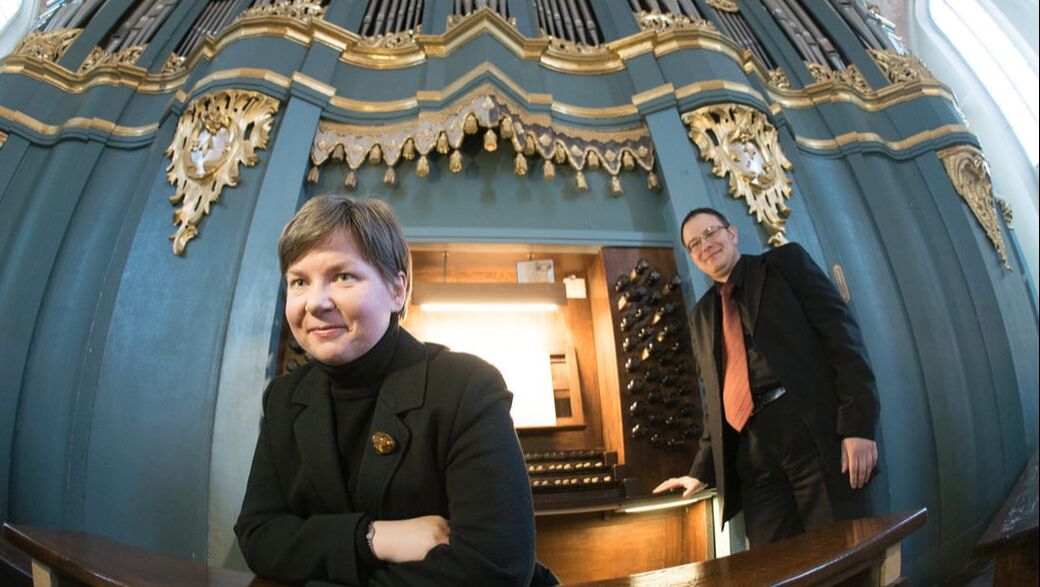 Photo by Edgaras Kurauskas Photo by Edgaras Kurauskas
Authors
Drs. Vidas Pinkevicius and Ausra Motuzaite-Pinkeviciene Organists of Vilnius University , creators of Secrets of Organ Playing. Our Hauptwerk Setup:
Categories
All
Archives
July 2024
|
This site participates in the Amazon, Thomann and other affiliate programs, the proceeds of which keep it free for anyone to read.
Copyright © 2011-2024 by Vidas Pinkevicius and Ausra Motuzaite-Pinkeviciene.
Terms of Service and Privacy Policy
Copyright © 2011-2024 by Vidas Pinkevicius and Ausra Motuzaite-Pinkeviciene.
Terms of Service and Privacy Policy

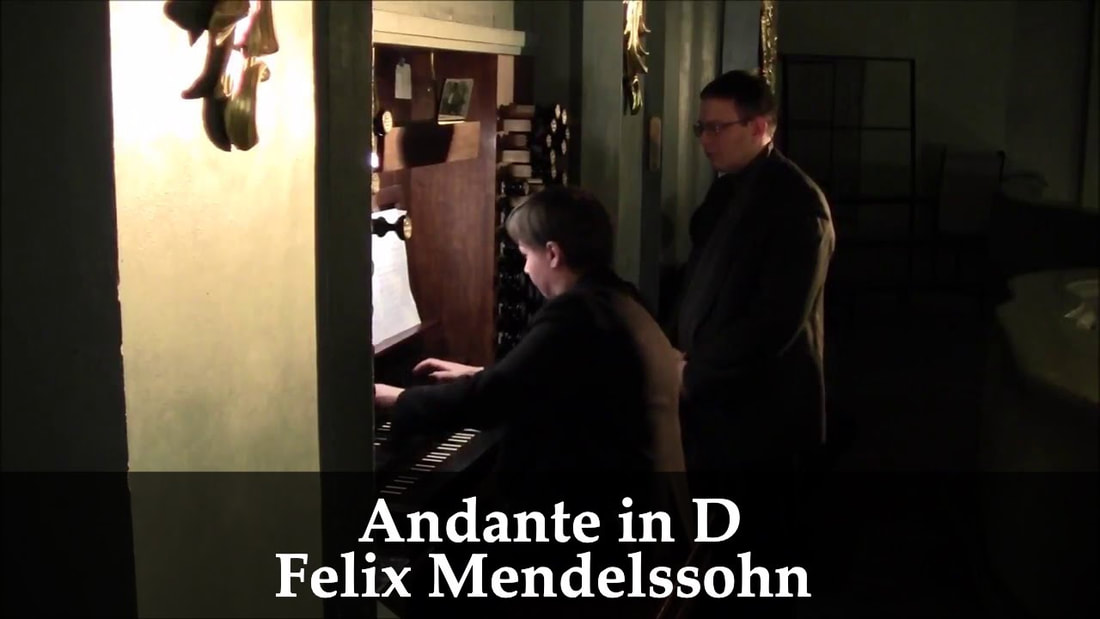
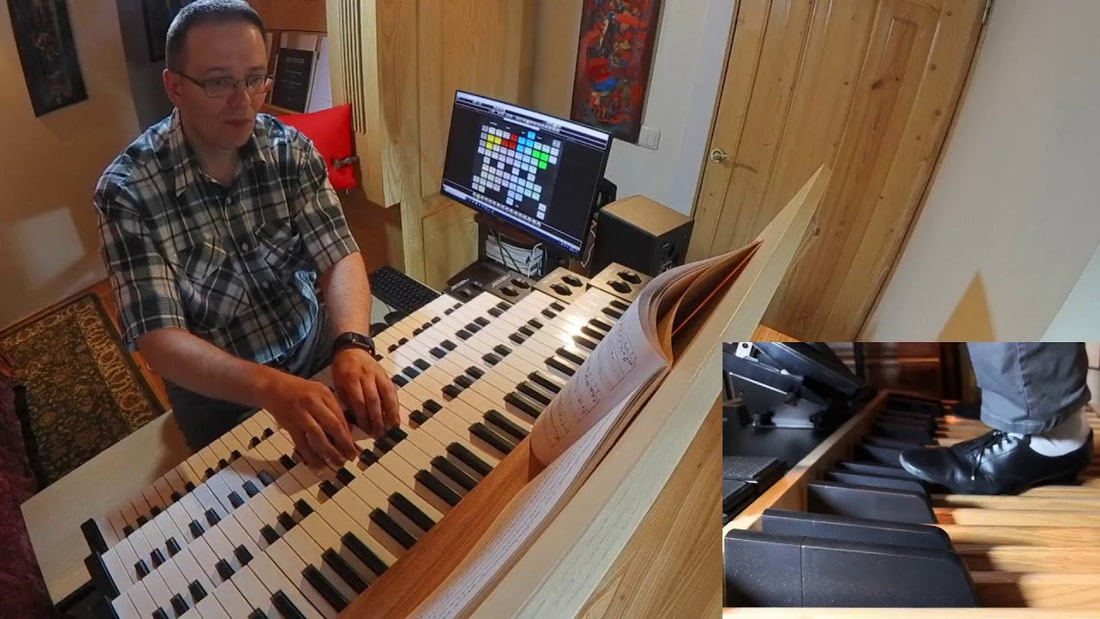
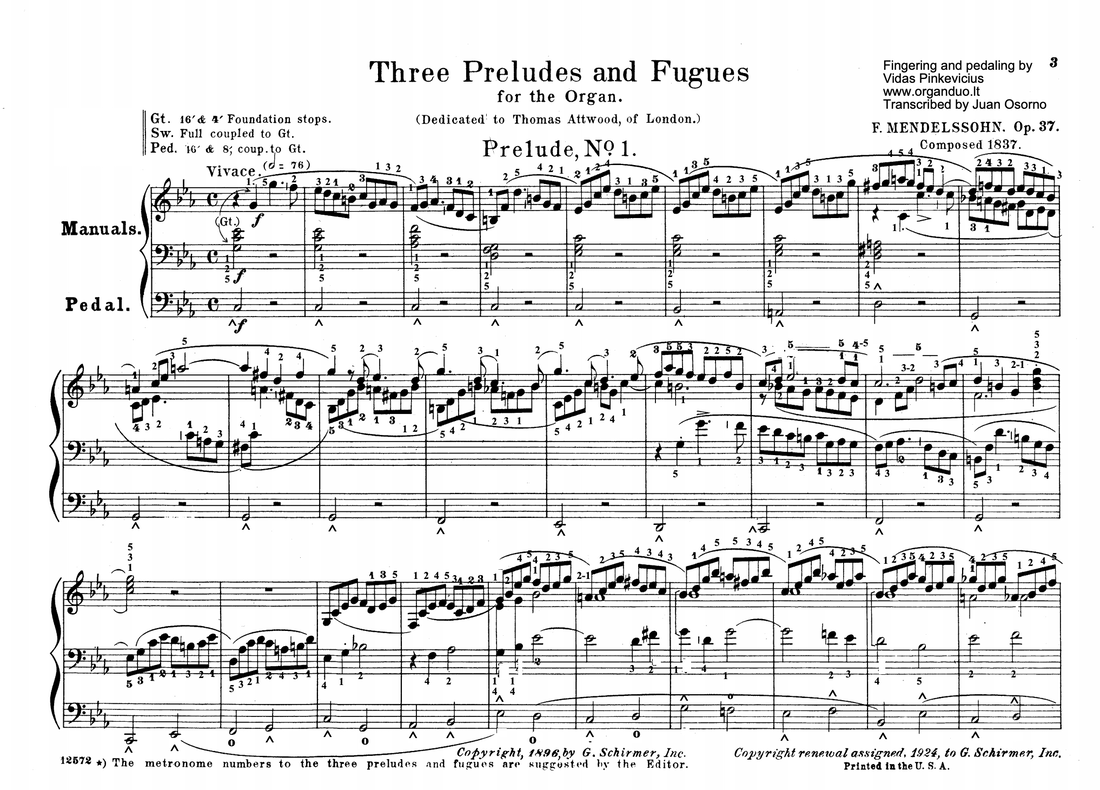
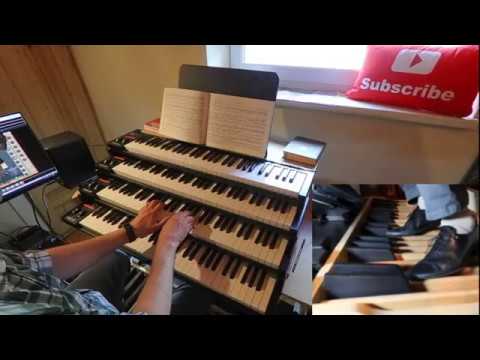
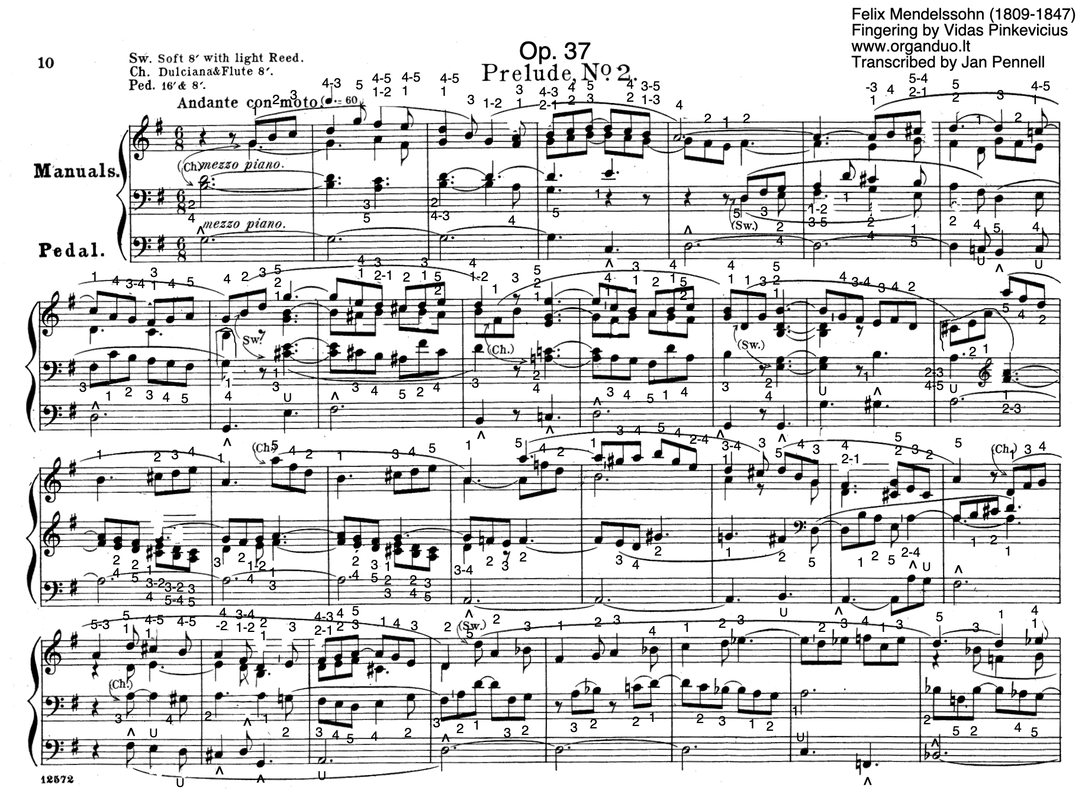
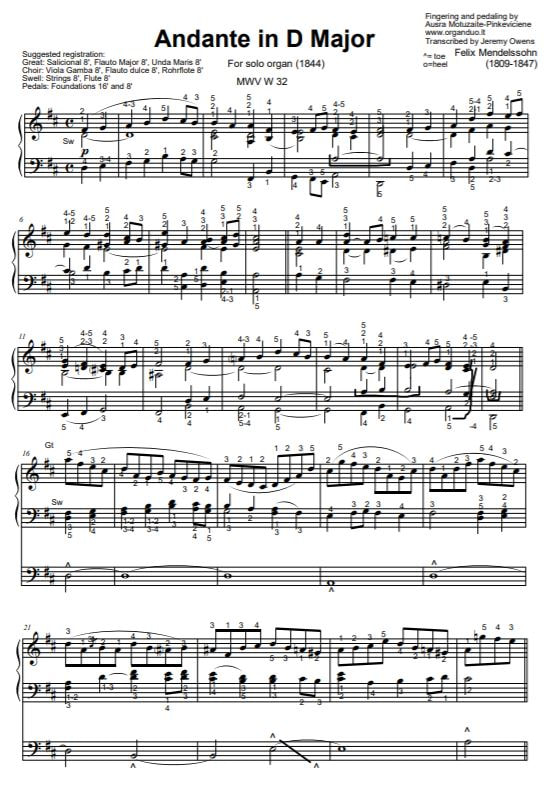
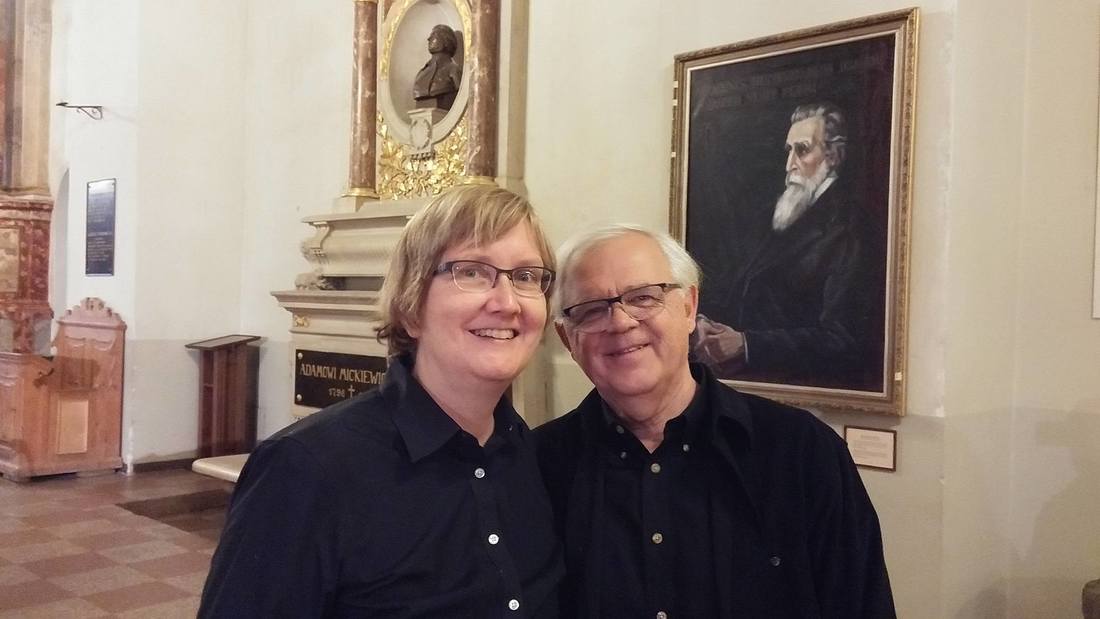



 RSS Feed
RSS Feed